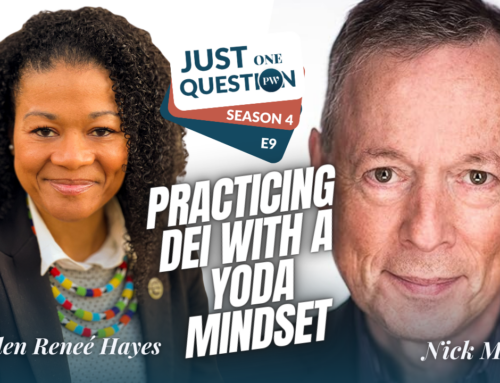Persuasive rhetoric is about phrasing your arguments so that your listeners can hear them.
I’m going to do a series of blogs on persuasive content – aka rhetoric – to match the series I just finished on nonverbal communication.
I have seen good speakers – and speeches – go bad time and time again because a well-intentioned person or a good idea didn’t meet the audience halfway. If you want to connect with someone, or some group, you have to do your homework and learn how that person or group communicates. In short, you need to speak the language of your audience.
Most of us honor this principle in theory and fall down in practice. We fail to research the event, the group, the audience well enough, and we don’t understand what their issues are thoroughly enough. Then, when we try to speak to them, we misfire because we’re not armed with the right information.
More than that, we insist on talking about that information as it presents itself to us, not to the audience. If you ever find yourself telling an audience, “Let me begin with a brief discussion of how this idea came about,” stop. The history of your thinking is not interesting to an audience, period.
What is interesting to audiences is how your information can solve their problems. So ask yourself, what is the problem that the audience has for which my information is the solution? That’s where you should start presenting.
When Steve Jobs introduced the new Apple iPad, he didn’t talk about the history of the development of the device. Think about it. That’s what most speakers would do. “This began as a gleam in our eyes 5 years ago. I was talking to Jim and I said….” Instead, Jobs goes right into what the audience is going to get out of it. He says, “What this thing does is extraordinary It’s the best browsing experience you’ve ever had, way better than a laptop, way better than a smart phone.”
If you’ve got a speech to give, go through it with an honest, self-critical eye and ask, is this about me and my thinking, or is it presented in the audience’s terms? That’s the start of good presenting.








Nick helped me with this exact scenario. In a coaching session, he turned my speaking into an exchange of energy instead of me being the sole speaker.
When the speech was complete, the message to the audience was much clearer and I was not exhausted because they “participated.”
I have his book Trust Me and highly recommend it for understanding your nonverbal communication. It is useful for any business person.
Debbie Gore, recipeforlife.biz